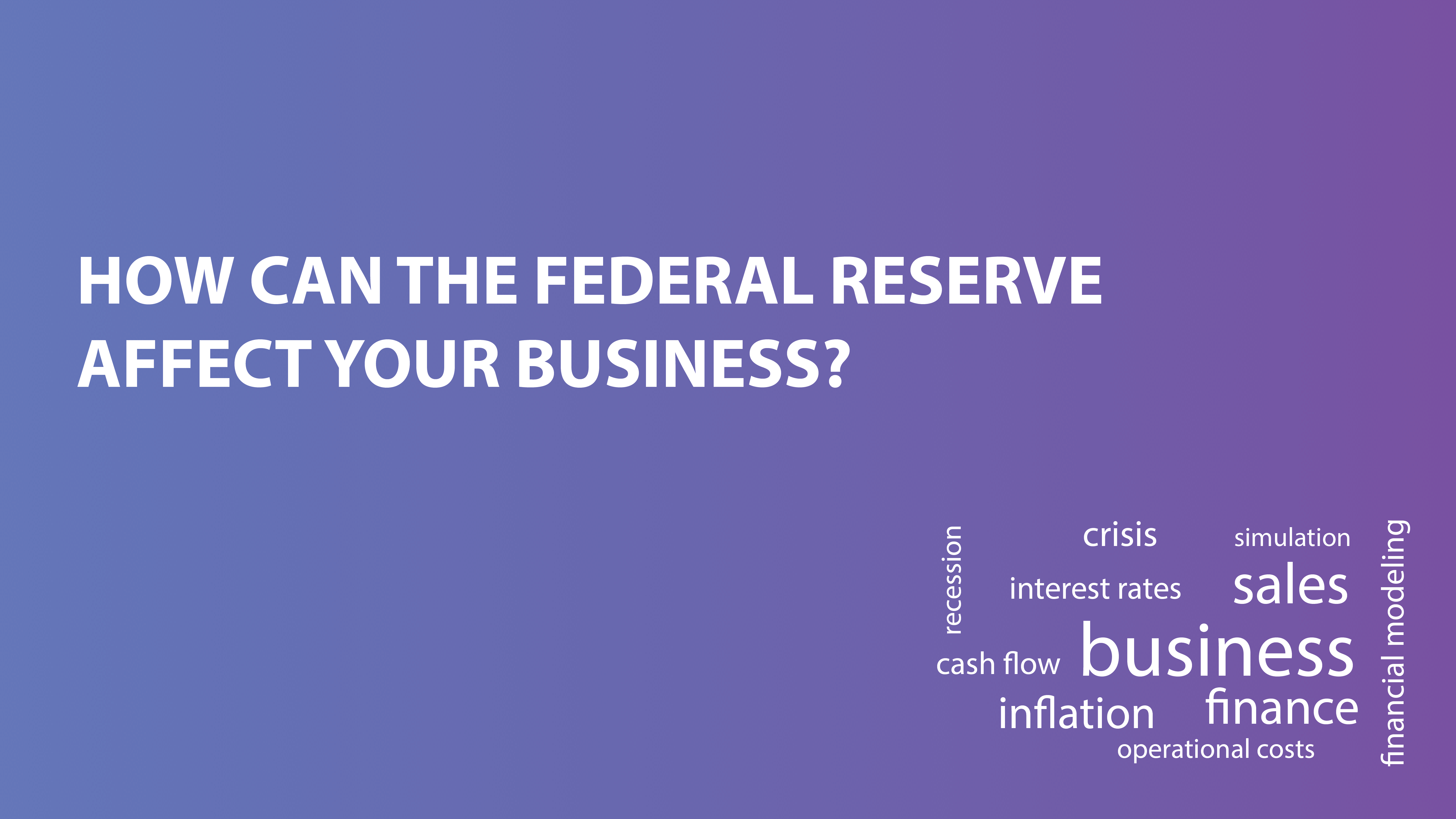
If you read any financial newspaper, you will constantly find headlines like The Fed raises interest rates, referring to the Federal Reserve. When you read this, you may wonder what this has to do with you or how this decision will affect you. Let us review what the Federal Reserve is, why the Federal Reserve increases its interest rates, and, most importantly, how the Federal Reserve’s decisions affect your business.
What is the Federal Reserve, or simply the Fed? The Fed is an organism with two main functions: 1) it acts as the central bank, so it lends money to other banks and the government and regulates the banking system, and 2) it defines the monetary policy, which in simple terms means it regulates the number of dollars available in the economy. We will discuss the latter here.
The United States is facing an inflation crisis. In the last two years, inflation rose from almost 0 to 9%. So the first question is why. Money is like any other asset; its value decreases if there is a lot out there. For example, gold is expensive because there is very little in the world, and it is difficult to extract. But what would happen if gold was suddenly easily accessible and everyone was finding it? Its value would decrease. The same applies to money. During the pandemic, the US government printed a lot of money and put it into circulation, causing the dollar value to decrease. As a result, you need more dollars to buy the same products.
What does the Fed do to reduce inflation? It increases interest rates. When someone offers you an investment opportunity, you decide whether you invest your money or spend it on something else. When you consider investing, you check the risk-to-reward (interest rate) ratio to ensure it is valuable. The same logic applies to the Fed's way of thinking. When it increases the rates, the Fed offers a better risk/reward to investors. Therefore, instead of putting their money in any other investment, they invest it in bonds and bank products. If the amount of money decreases, the value of the US dollar increases, and the inflation rate goes down.
What is the cost of increasing the rates and how could that affect your business? If there is less money, consumption will decrease since more money will go to financial investments and less to the real economy. That is the cost of high rates. The rate increase will lead to a decrease in consumption, then a decrease in production, and, as a result, unemployment and recession.
The US economy is going through a deceleration process due to the Fed policies, from a 2.93% growth rate in 2018 to an estimated 1.58% growth rate in 2022. This means the US economy is contracting, and will ultimately lead to a recession. Some economists believe the recession is already here. Looking at some technical markers suggests otherwise. From a market perspective, a recession is sometimes defined as a steep economic decline across all industries and sectors. However, there are sectors that are still growing, such as the travel industry. On the other hand, the most accepted definition of a recession is to have two consecutive quarters of declining GDP, and that occurred within the first and second quarters of 2022 when the US economy shrank by 1.6% and 0.9% respectively.
All you can do is be prepared. Try to reduce your operational costs and adapt your structure to a smaller market. The main tool you can use is financial modeling. Using inflation and sales as main variables, you can project your I&E and Cash Flow by simulating different scenarios. The first scenario is optimistic, where the US goes through high-interest rates without a recession. Here, you will change the inflation factor to establish prices that can compensate for the increase in your costs without significantly altering your sales. The second scenario, where the US economy continues shrinking, is pessimistic and involves not only adjusting prices to cost increase due to inflation, but also considering a sales decrease, especially if your products are highly elastic to price variation, unemployment, and economic growth. Finally, you could simulate an intermediate scenario with an average of the two scenarios mentioned above.
Simulating scenarios will help you anticipate decision-making and be prepared for changes in the demand and cost of goods. Projecting your Cash Flow and I&E is key to planning, giving you a competitive advantage in a context that is becoming more aggressive. In our opinion, the market will shrink and sales will go down. Therefore, being flexible and creative will be crucial to surviving any financial crisis.
Follow Richie AI's LinkedIn, Reddit, and YouTube to read more articles and watch webinars.
#finance #b2bsaas #business #growth #inflation #crisis #recession #sales

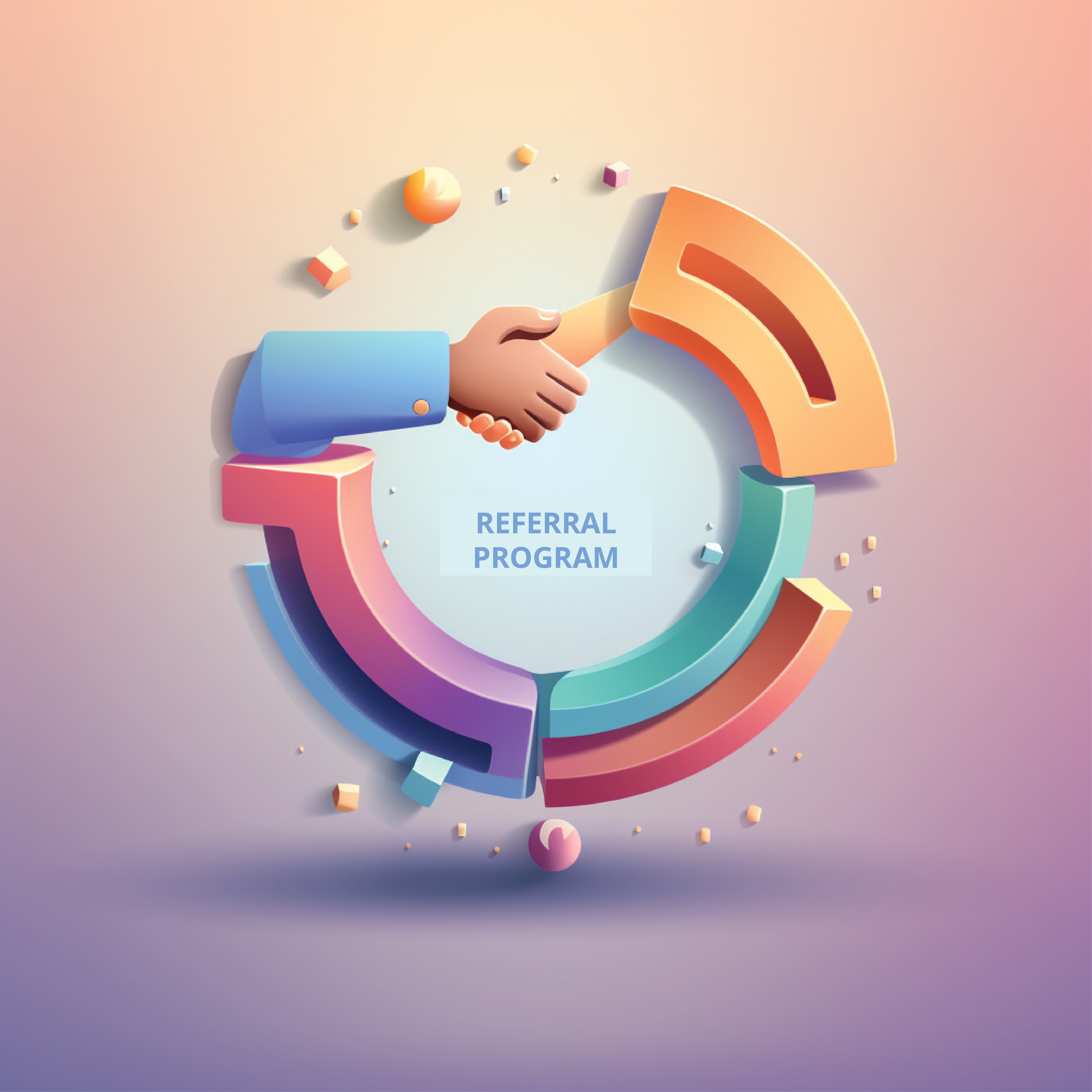


























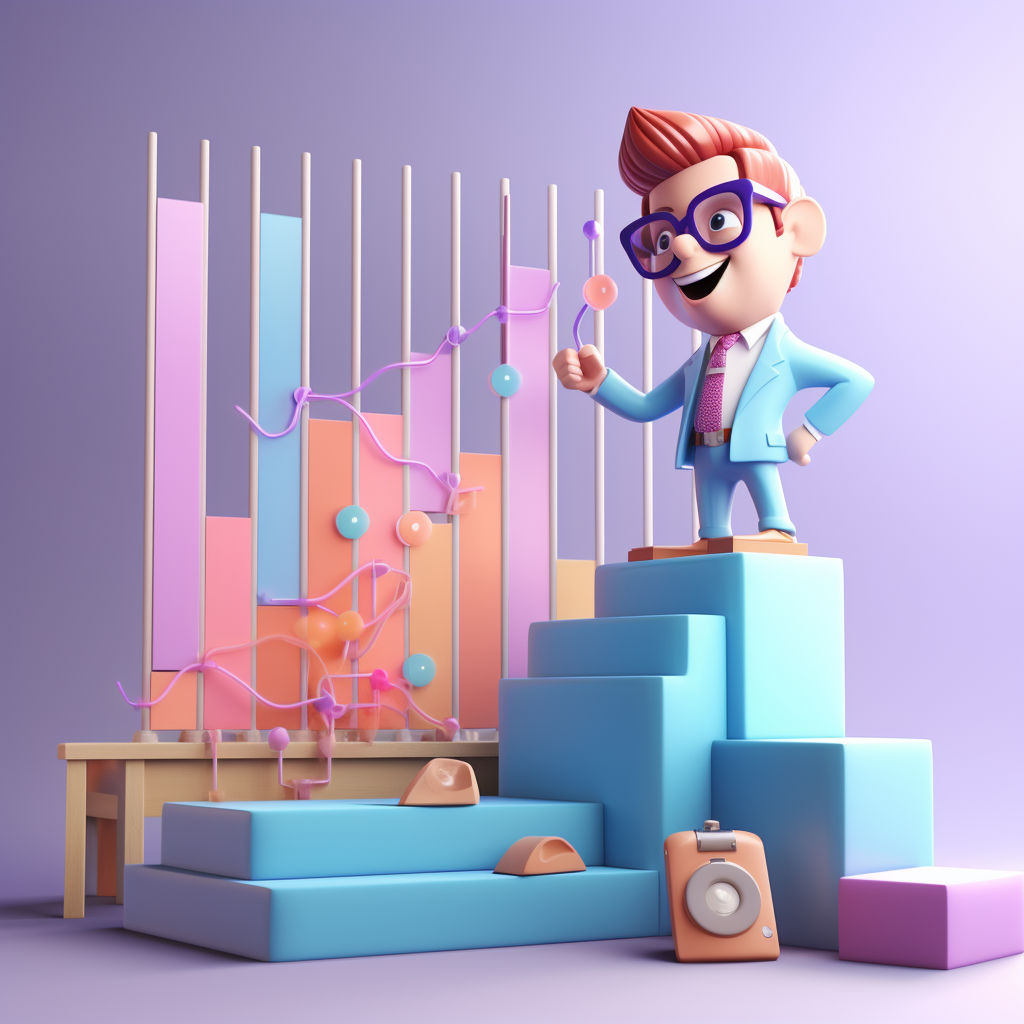















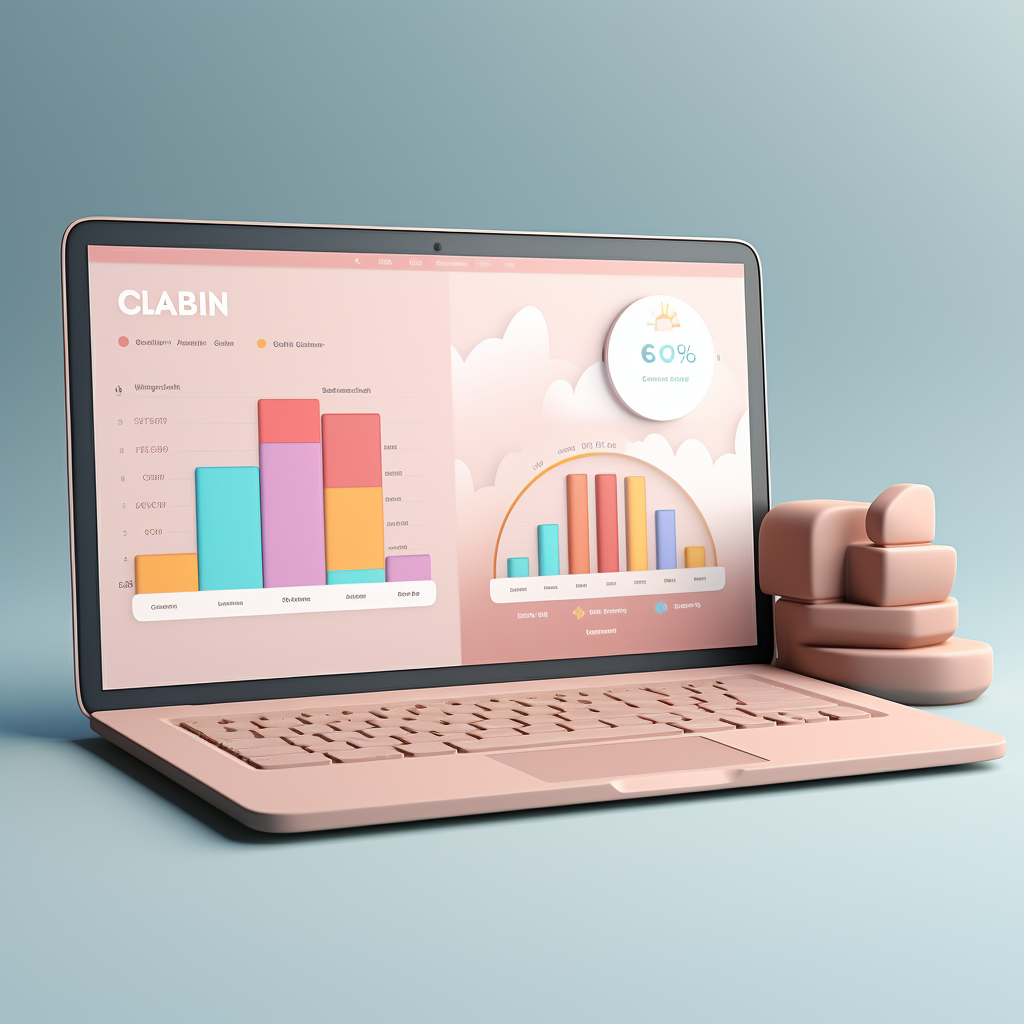

.png)







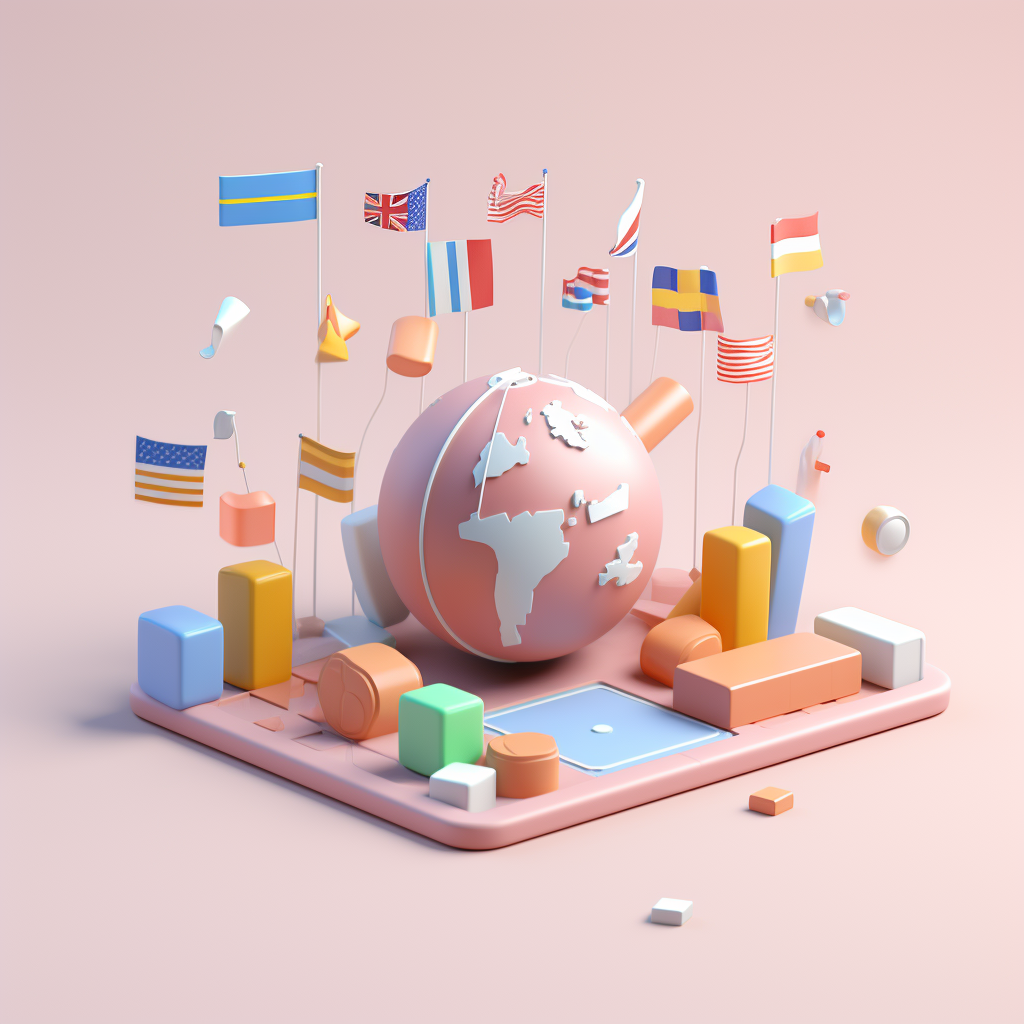






































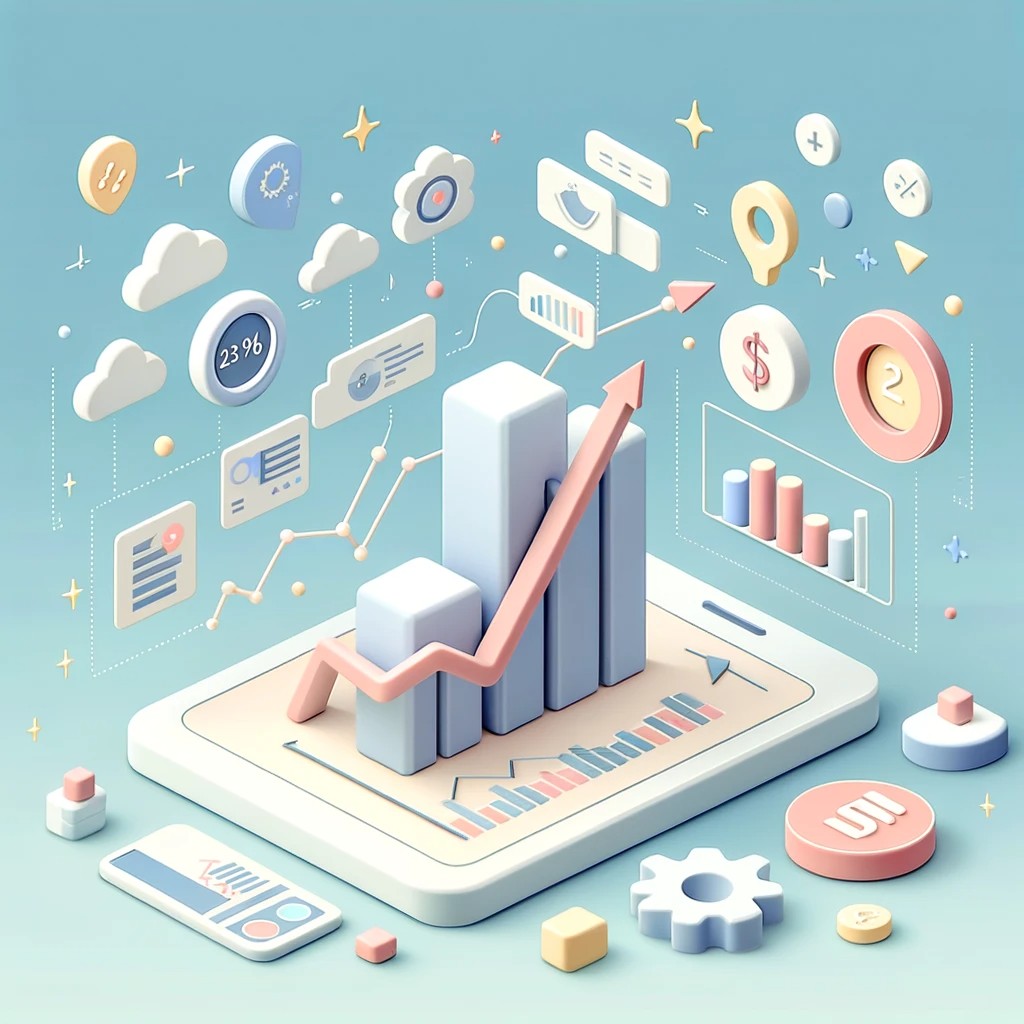



























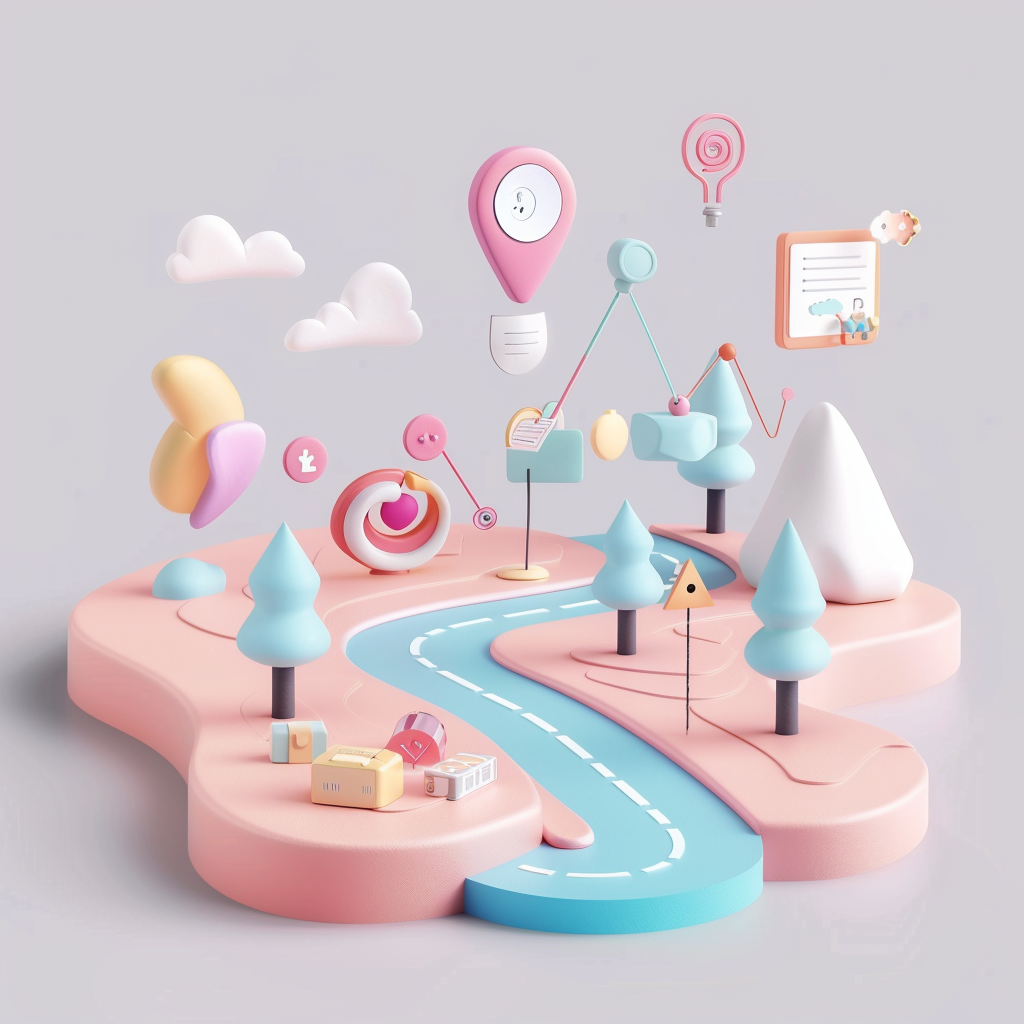









































.png)





.png)







